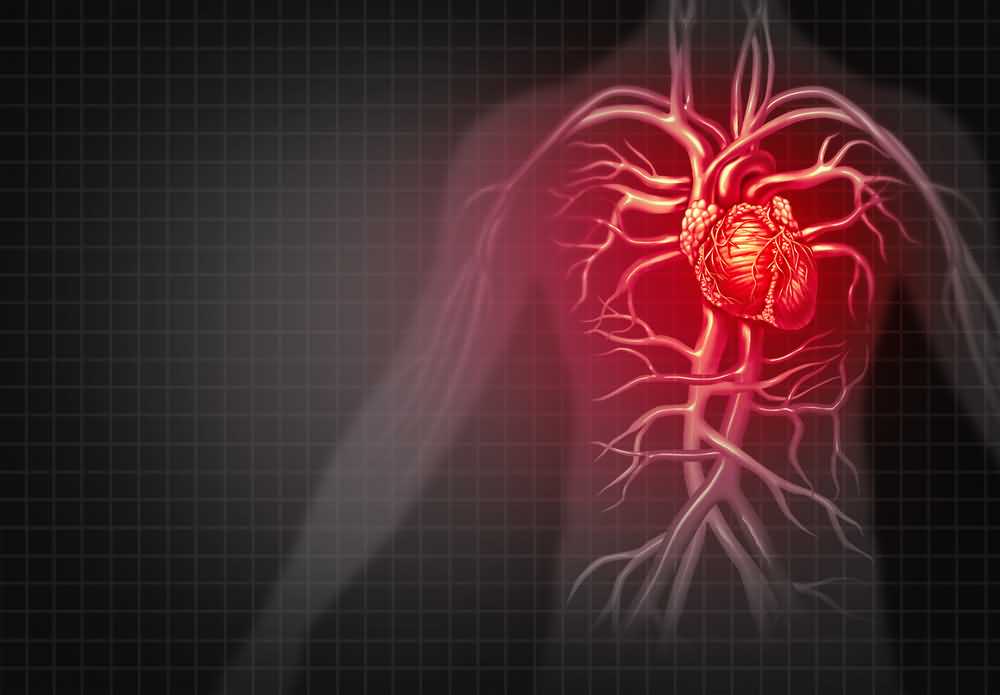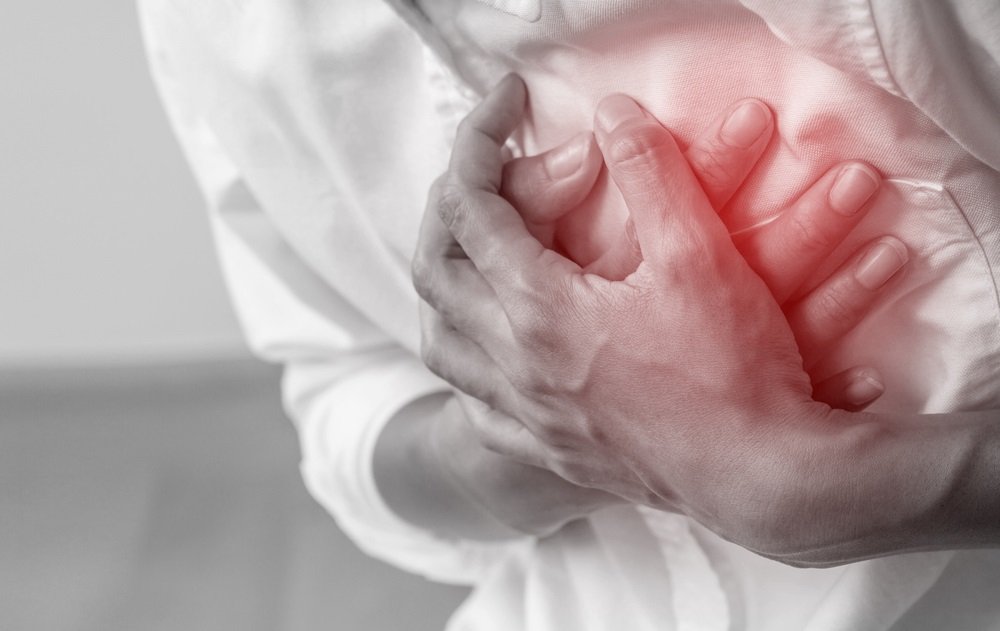10. Angina and heart attack symptoms

It is also important to talk about the differences between angina and heart attack. The former is caused by a reduction in the blood flow to the cardiac muscle and does not involve cell death. The latter is caused by a complete blockade of the blood flow, which affects the cardiac muscle and leads to cell death. However, if you experience angina, it is a warning sign you should take into consideration because it can turn into a heart attack at any moment.
Angina symptoms usually start after performing physical activity such as exercising, climbing the stairs or walking. This is called stable angina, and it may be triggered by cold temperatures, having a large meal, or emotional stress. All of these triggers cause a narrowing of the heart arteries and compromise the blood flow. However, in advanced cases, angina may strike you without any explanation, and even at rest, which is why this type of angina is called unstable angina.
Both angina and heart attack have very similar symptoms, and you may be having angina symptoms if you’re experiencing the ones we described above. The most reliable way to tell the difference between angina and heart attack is by taking nitroglycerin, which calms down most cases of angina, or through lab tests and performing an electrocardiogram. However, angina symptoms are mild compared to heart attack symptoms, and patients who have experienced both in their bodies would be able to contrast one another.
In this regard, we can also contrast how angina symptoms are experienced in men and women. While men usually experience pressure and tightness in their chest, women may feel a pulsating or stabbing sensation, sometimes a burning or dull pain in the chest that is often confounded with other health problems.
What to do in the event of a heart attack?

A heart attack can happen anytime, anywhere. You might be surrounded by people or all alone by yourself. But regardless of having someone around to help you, there are plenty of things you can do to survive a heart attack after recognizing the symptoms.
The first thing you should do, even if you’re not having severe symptoms, is to look for emergency medical help. Stop what you’re doing, do not walk or overexert yourself, and look for a safe place to rest, especially if you’re driving. Call 911 and describe your symptoms as detailed as you can.
While you’re waiting for the medical team, there is something you can do. If you’re sure you’re not allergic to aspirin, take one. Aspirin may help your body dissolve the blood clot that is probably blocking one of your heart blood vessels and causing the symptoms. It also prevents the blood clot to get bigger and aggravate your condition. When the emergency team arrives, be sure to tell them the medication you’ve taken and the dosage.
If you’re suspecting a heart attack, don’t take nitroglycerin. This medication helps angina patients and does not prevent or improve your heart attack symptoms. It won’t increase your chances of survival either. Another thing you should not do is applying pressure on your chest. It will not help you, and it may contribute to your anxiety and physical exertion. Applying pressure on your chest is only useful after a cardiac arrest when the heart stops beating, and it should be done by someone who has been previously trained to do it.
If you ever experience these symptoms, don’t delay medical attention, especially if you’re having a combination of them. Do not panic, take the appropriate measures, and look for a safe place to wait for the medical help to arrive.
